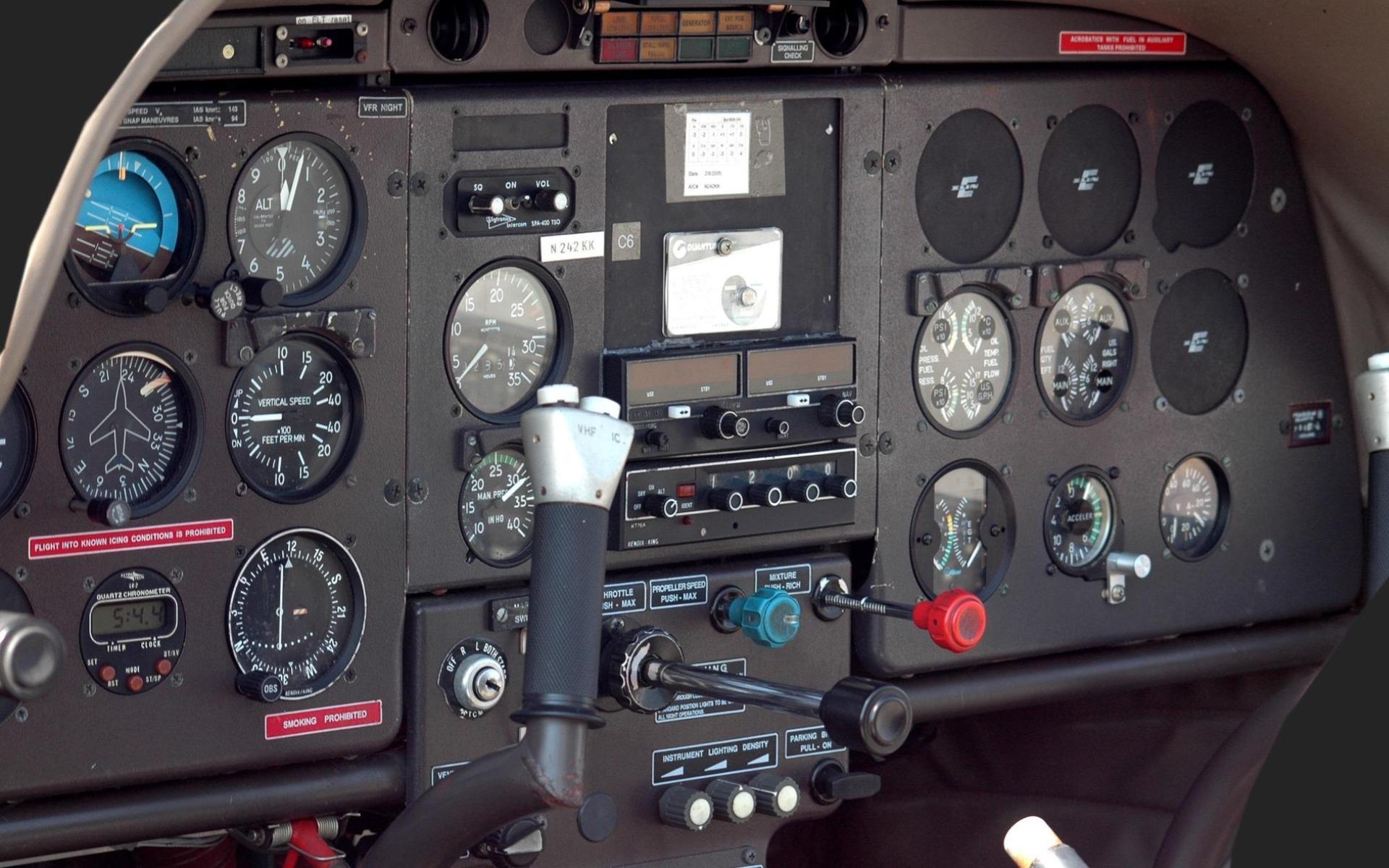Efficient Modbus to Profibus Protocol Conversion: Maximizing Connectivity
Abstract
In today’s interconnected industrial landscape, the seamless exchange of data between different protocols is essential for optimizing processes and improving efficiency. This white paper delves into the realm of Modbus to Profibus protocol conversion, highlighting the benefits of protocol converters and providing insights into best practices for efficient conversion. Engineers and system integrators will gain valuable knowledge to enhance connectivity and streamline data communication in their industrial networks.
Table of Contents
- Introduction
- Understanding Modbus and Profibus Protocols
- Overview of Protocol Conversion
- Benefits of Modbus to Profibus Protocol Conversion
- Best Practices for Efficient Protocol Conversion
- Case Studies: Real-World Applications
- Challenges and Solutions
- Future Perspectives
- Conclusion
1. Introduction
Efficient communication between industrial devices and systems is crucial for optimizing operations and maximizing productivity. Modbus and Profibus are two widely used protocols in industrial automation, each with its own strengths and applications. Protocol conversion between Modbus and Profibus enables interoperability and facilitates data exchange, contributing to smoother operations and enhanced efficiency.
2. Understanding Modbus and Profibus Protocols
Modbus is a popular communication protocol used for connecting industrial electronic devices. It is known for its simplicity and versatility, making it suitable for various applications. On the other hand, Profibus is a robust and high-speed fieldbus protocol widely adopted in industrial automation for data exchange between field devices and control systems. Understanding the characteristics and functionalities of Modbus and Profibus protocols is essential for effective protocol conversion.
3. Overview of Protocol Conversion
Protocol conversion involves translating data between different communication protocols to enable interoperability between devices using different standards. Protocol converters serve as intermediaries in this process, facilitating seamless communication between devices that operate on different protocols. Understanding the principles and mechanisms of protocol conversion is crucial for implementing efficient and reliable data communication in industrial networks.
4. Benefits of Modbus to Profibus Protocol Conversion
The conversion of Modbus to Profibus protocols offers several benefits for industrial applications:
- Interoperability: Enables communication between Modbus and Profibus devices, allowing seamless integration into existing industrial networks.
- Scalability: Facilitates the expansion of industrial systems by enabling the integration of devices using different protocols without the need for extensive modifications.
- Flexibility: Provides flexibility in device selection and integration, allowing manufacturers to choose the most suitable devices for their specific application requirements.
- Efficiency: Optimizes data exchange between devices, enhancing overall system performance and productivity.
- Cost-Effectiveness: Reduces the need for costly hardware replacements or upgrades by enabling the use of existing devices with different communication protocols.
5. Best Practices for Efficient Protocol Conversion
To ensure efficient protocol conversion from Modbus to Profibus, it is essential to follow best practices:
- Selecting the Right Protocol Converter: Choose a protocol converter that meets the specific requirements of the application, considering factors such as protocol compatibility, communication speed, and reliability.
- Configuring Communication Parameters: Configure the protocol converter and connected devices with appropriate communication parameters, including baud rate, data format, and addressing, to ensure seamless data exchange.
- Implementing Error Handling Mechanisms: Implement error handling mechanisms to detect and correct communication errors, ensuring reliable data transmission between devices.
- Conducting Thorough Testing: Perform comprehensive testing of the protocol conversion setup to verify compatibility, reliability, and performance under different operating conditions.
- Monitoring and Maintenance: Regularly monitor the protocol conversion system and perform preventive maintenance to ensure optimal performance and reliability over time.
6. Case Studies: Real-World Applications
Real-world case studies demonstrate the practical implementation of Modbus to Profibus protocol conversion in various industrial applications, including manufacturing, process automation, and energy management. These case studies highlight the benefits, challenges, and solutions associated with protocol conversion, providing valuable insights for system integrators and engineers.
7. Challenges and Solutions
Protocol conversion from Modbus to Profibus may encounter challenges such as compatibility issues, communication errors, and performance limitations. However, innovative solutions such as protocol converters with advanced features, firmware updates, and configuration optimizations can help overcome these challenges and ensure efficient and reliable data communication in industrial networks.
8. Future Perspectives
The future of Modbus to Profibus protocol conversion is expected to be influenced by advancements in communication technology, including the adoption of new standards, the development of interoperable protocols, and the integration of advanced features such as cybersecurity and predictive maintenance. Additionally, the proliferation of Industrial Internet of Things (IIoT) and Industry 4.0 initiatives is likely to drive the demand for more efficient and scalable solutions for protocol conversion in industrial automation.
9. Conclusion
Efficient protocol conversion from Modbus to Profibus is essential for enhancing connectivity, interoperability, and data communication in industrial networks. By leveraging protocol converters and following best practices for efficient conversion, engineers and system integrators can optimize operations, improve productivity, and future-proof their industrial systems against evolving communication requirements and technologies.





